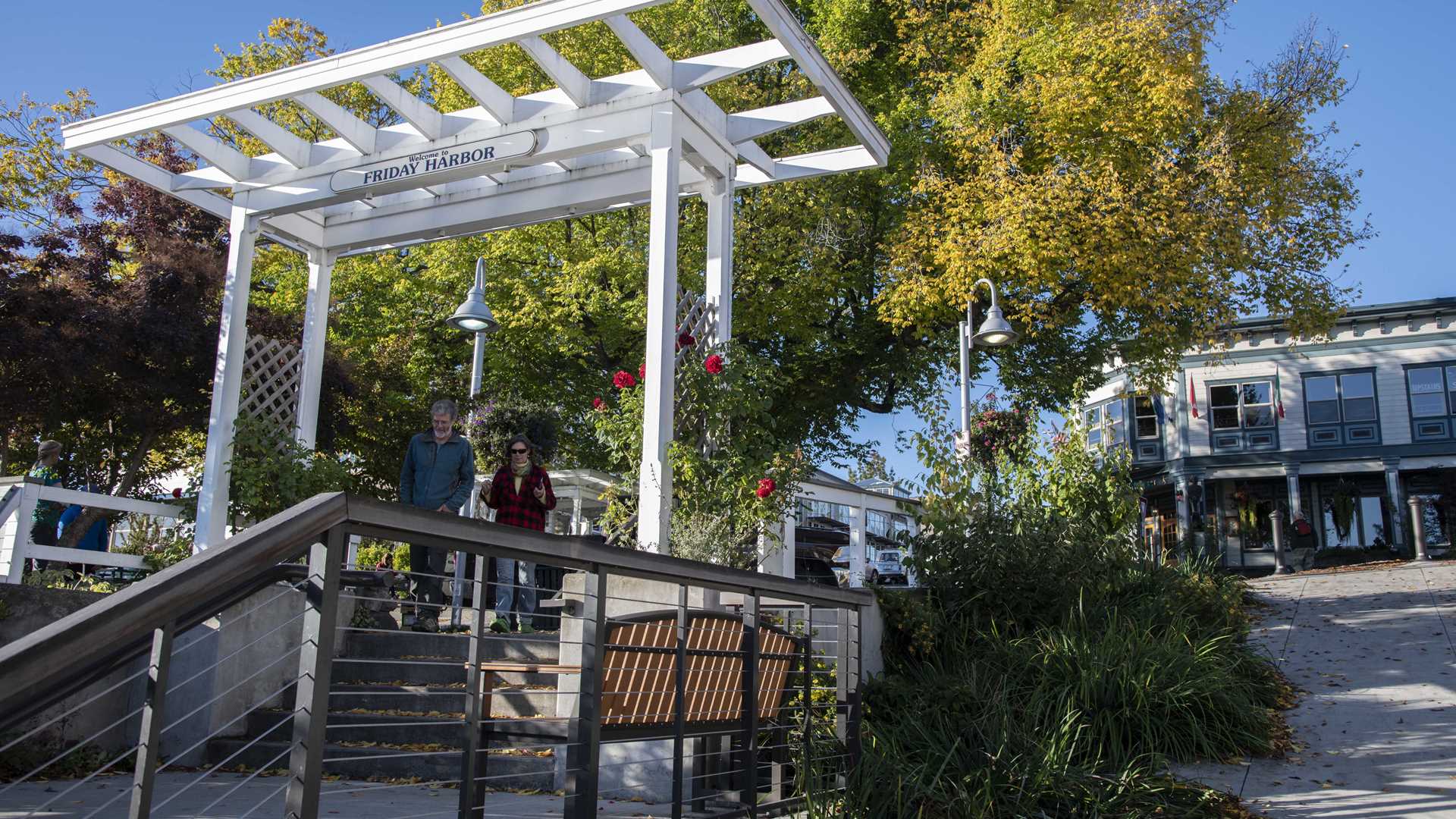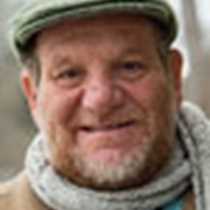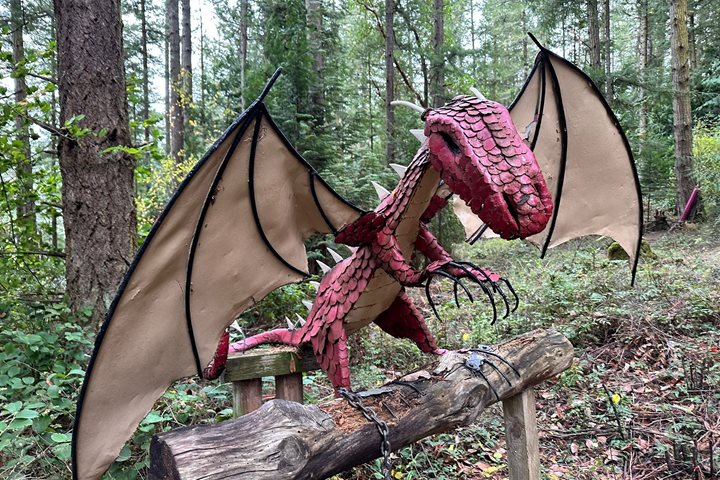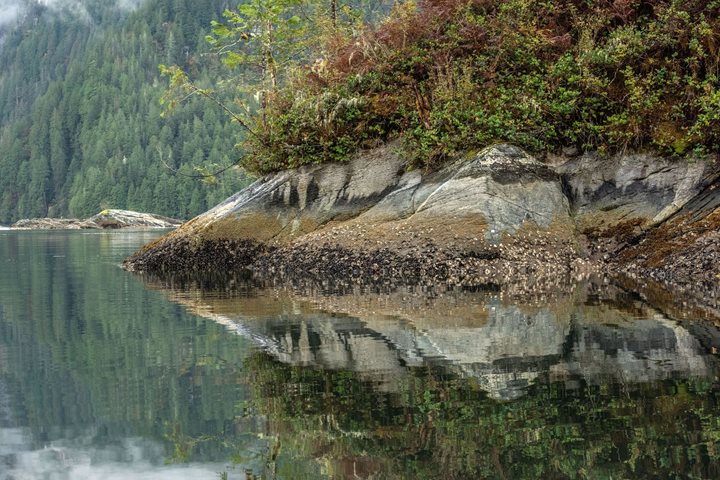As the sun rose, we made the short trip from our evening anchorage to the picturesque town of Friday Harbor on the island of San Juan, the second largest island in the San Juan archipelago. While most of us did visit the whaling museum for a short bit, it was largely a time to sample the flavor of this unique town and do some exploring on our own.
- Daily Expedition Reports
- 17 Sep 2018
Friday Harbor, 9/17/2018, National Geographic Sea Bird
- Aboard the National Geographic Sea Bird
- Pacific Northwest
Steve Morello, Naturalist/Certified Photo Instructor
Steve Morello has had a long and colorful career in the natural history world. Born in New Jersey, he was lucky to be able to summer on the shores of Cape Cod. Whether it was exploring the tidal pools, snorkeling along the beach, or hiking in the dun...
Read MoreSteve Ewing, Videographer
Born and raised in the Pacific Northwest, Steve fell in love with the beauty of the natural world at an early age. In addition to nature, his other main passion was telling stories though the medium of television and radio. Steve studied broadcast jo...
Read MoreShare Report
Exploring British Columbia and the San Juan Islands
VIEW ITINERARYRelated Reports
10/18/2024
Read
National Geographic Venture
San Juan Island, Roche Harbor
The forecast for wind and weather was not off to a strong start on Friday morning approaching the San Juan Islands. But strong winds and unpredictable rains did not stop us. This is a National Geographic-Lindblad expedition, after all! Rolling with the punches is what we do best. And today it meant a morning of braving the conditions for adventurous Zodiac tours outside Roche Harbor and an afternoon of exploration on land to a sculpture garden and hauntingly eery mausoleum. Our morning Zodiac tours jetted through Mosquito Pass and circumnavigated Henry Island. Beachfront homes and luxury yachts would not satiate our need for wildlife discovery and as we cruised around the southern tip of Henry Island, Naturalist Eric Guth spotted a mass of gulls and seabirds collecting atop a suspected bait ball below the bellowing ocean surface. No one knew what to expect when all five Zodiacs zipped and zig-zagged up to the dazzling zenith of these buzzing birds ablaze with hunger, but our mildest expectations were quite literally blown out of the water. For what would gently plop up but one of the most beautiful and elusive pelagic birds of the area, the ancient murrelet! This was a bird I’d been searching for all year, a lifer or first-time bird for me. It has a small, football-shaped body, a yellow beak, and little white eyebrows. Like all unexpected and great things, it was no coincidence that this happened on the last Zodiac tour of the last trip of the last itinerary of the season in the Pacific Northwest. And it was a joy to be able to share it with everyone here!
10/17/2024
Read
National Geographic Venture
Princess Louisa Inlet
National Geographic Venture continued her passage into the fjord system of British Columbia along the Sunshine Coast. Just before sunrise our floating home slowed inside Jervis Inlet at the entrance of Princess Luisa Inlet and Marine Provincial Park. The privilege of being able to see this small piece of paradise is because of one man, James F. “Mac” Macdonald. Mac first saw Princess Louisa Inlet in 1919. This small fjord stole Mac’s heart, and he made it his life’s mission to call this place home. After many years prospecting, Mac struck it rich and was able to purchase 45 acres at the back end of Princess Louisa Inlet right next to Chatterbox Falls, where he remained for the rest of his life. After hosting many visiting small boats, Mac turned his property over to the boating public in 1953 and it eventually became a British Columbia Provincial Marine Park in 1965. In chilly temperatures and clear skies, we explored the five-mile stretch of Princess Louisa Inlet by Zodiacs, also landing in two different sections of this marine park to go hiking, enjoying its beauty from many different perspectives.









